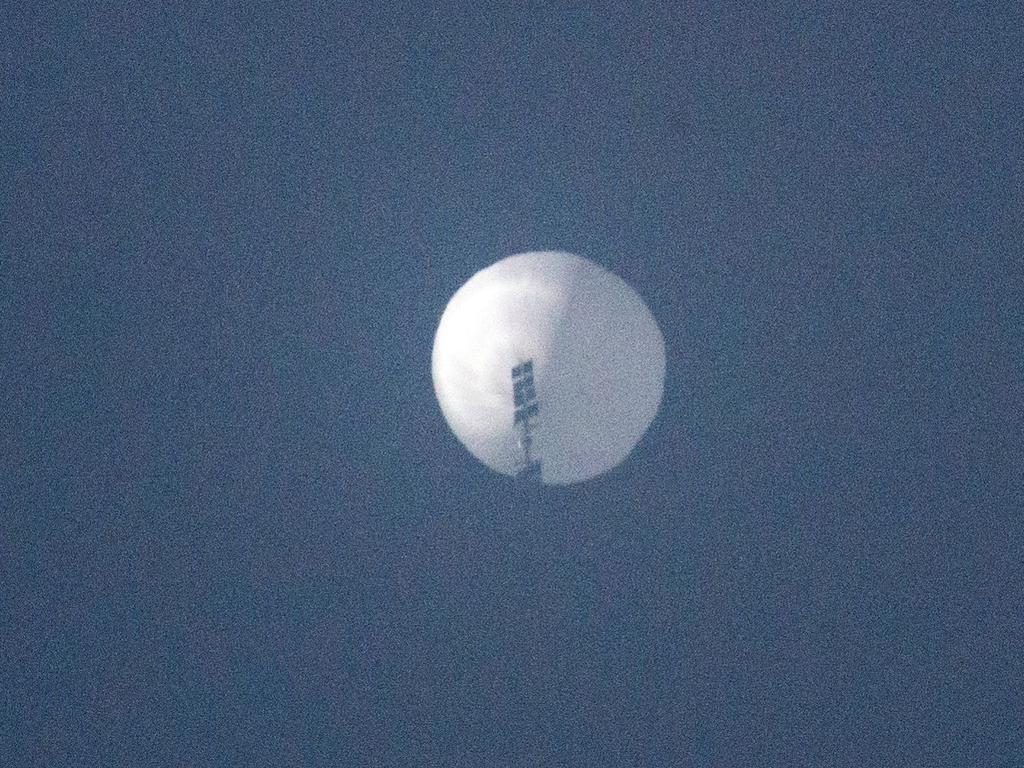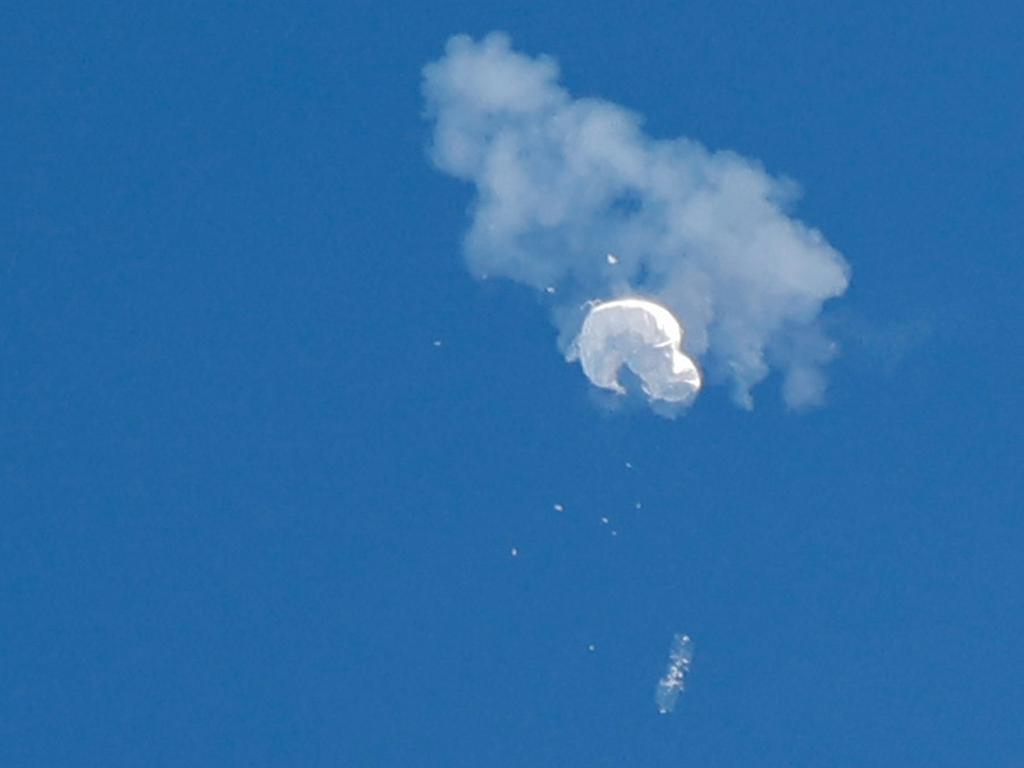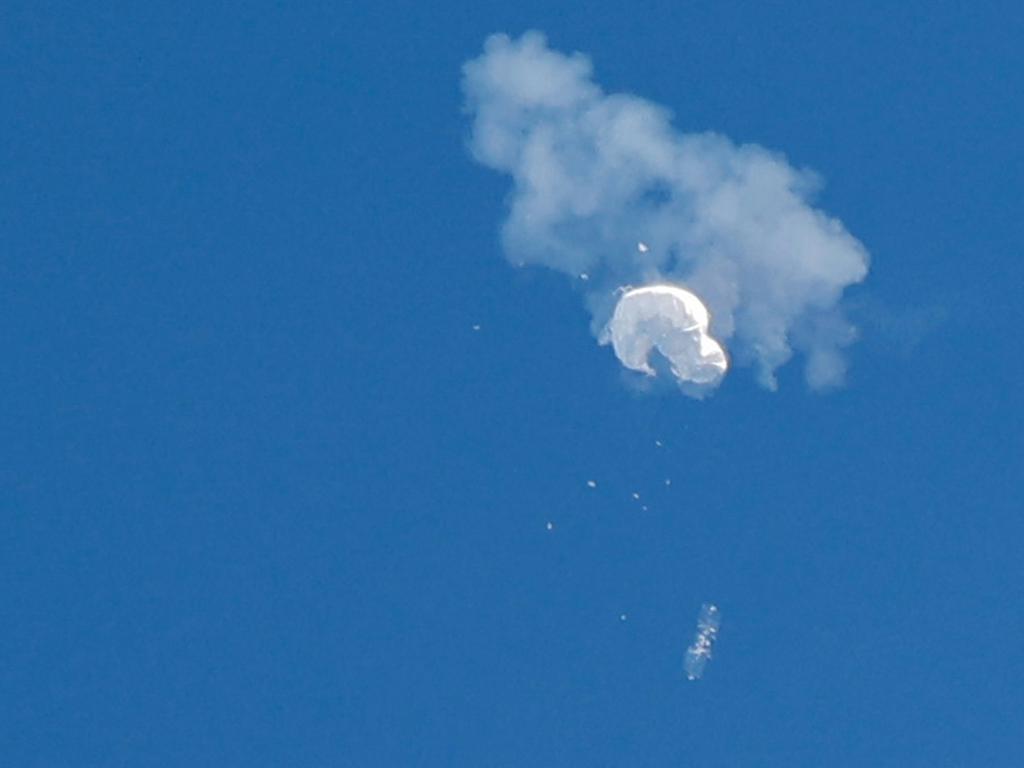Pentagon used its highest-end fighter, reliable missile to down Chinese balloon
Officials had to shoot down a craft flying above the ceiling of most Air Force jets, and do it so debris would fall within US territorial waters off the coast.
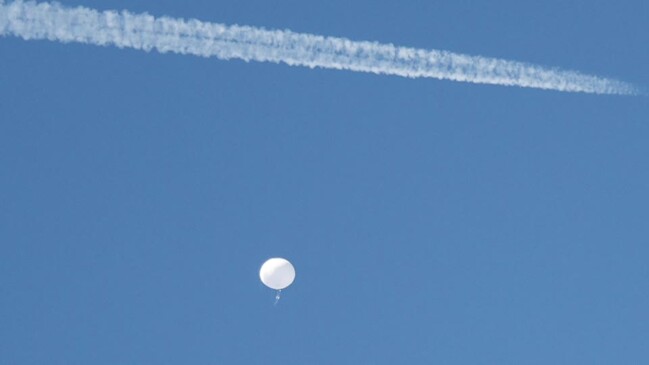
Pentagon officials faced a difficult task in bringing down the suspected Chinese surveillance balloon flying at high altitude and without endangering lives and property on the ground. They turned to the Air Force’s most advanced fighter jet and a well-tested missile to do it.
To complete the mission, defence officials had to shoot down a craft that had been flying as high as 65,000 feet on its week long traverse of North America, above than the ceiling of most Air Force jets, and do it so that the debris would fall within the U.S. territorial waters off the coast, not international seas.
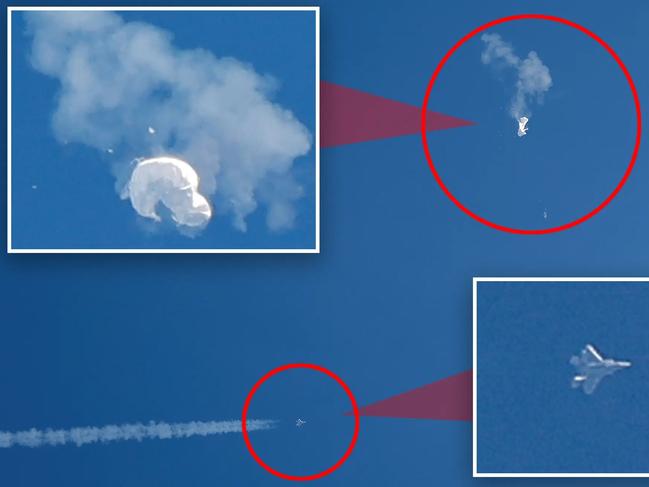
Videos of the shootdown widely shown on local television and social media show what the Pentagon identified as two F-22 Raptor jets — which can operate above 50,000 feet — circling the balloon. One then fired what the Pentagon said was an AIM9-X Sidewinder missile that punctured the canopy of the airship at 58,000 feet above the skies off Myrtle Beach, South Carolina, on Saturday.
The fighter took the shot soon after the balloon crossed the coast, providing a margin for the debris to fall with prevailing winds, landing six miles offshore, within the 12-mile limit of U.S. territorial waters, said the Pentagon.
High-end surveillance balloons and their payloads can be brought back with the use of on-board parachutes, said industry experts. These are triggered by remote operators. The shootdown of the relatively slow-moving target left the debris spread across seven miles of shallow water, a Pentagon official said Saturday.
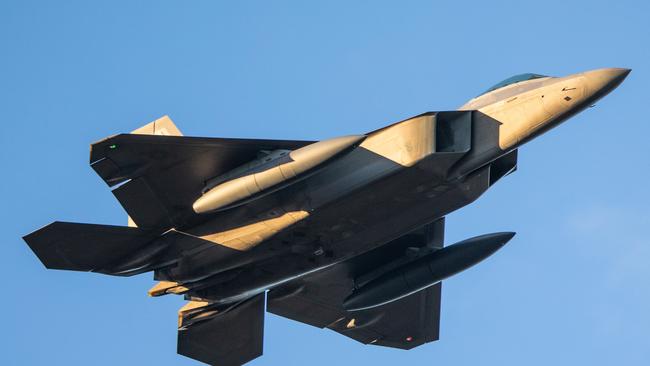
The take down was the first “kill” for the F-22, the Air Force’s premier air-to-air fighter, and the first time a U.S. warplane has destroyed a target by firing from such a high altitude, said the Air Force.
The F-22s took off from Joint Base Langley-Eustis in Virginia and used the call signs “Frank 01” and “Frank 02,” according to a spokesman for U.S. Northern Command. That was a nod to Frank Luke Jr., the U.S. ace who was posthumously awarded the Medal of Honour for shooting down numerous German observation balloons during World War I.
The Sidewinder missile has advanced imaging-processing techniques and uses infra-red seekers to home in on its target. Versions of the roughly 9-foot missile have been in use for almost 70 years, with upgraded models costing as much as $600,000, according to budget and export sales documents. The F-22’s radar and other imaging capabilities can also be used to point the missile at a target, slow or fast moving, before firing it.

The F-22 is also equipped with a cannon and 480 rounds of ammunition. Canadian Air Force jets fired more than 1,000 rounds to down an out-of-control Canadian weather balloon in 1998 as it passed over Newfoundland after a trans-Atlantic journey that disrupted commercial air traffic, according to news reports at the time. After being punctured, that balloon took six days to deflate and fall to the ground.
Improvements in gathering weather data and advances in solar and battery technology allow modern balloons to be tracked and steered more accurately and loiter over targets for days or weeks.
A small balloon attached to the main canopy can be inflated or deflated to lift or lower the whole craft to take advantage of prevailing winds at different altitudes for steering.
More Coverage


